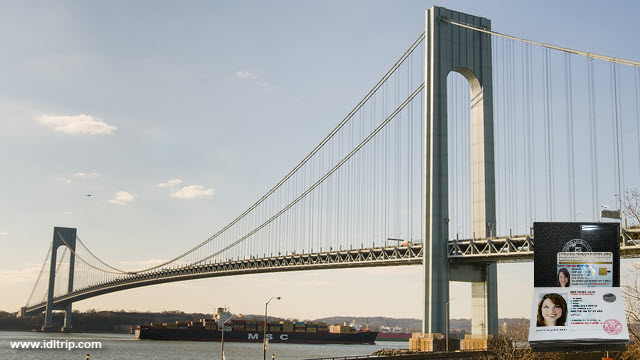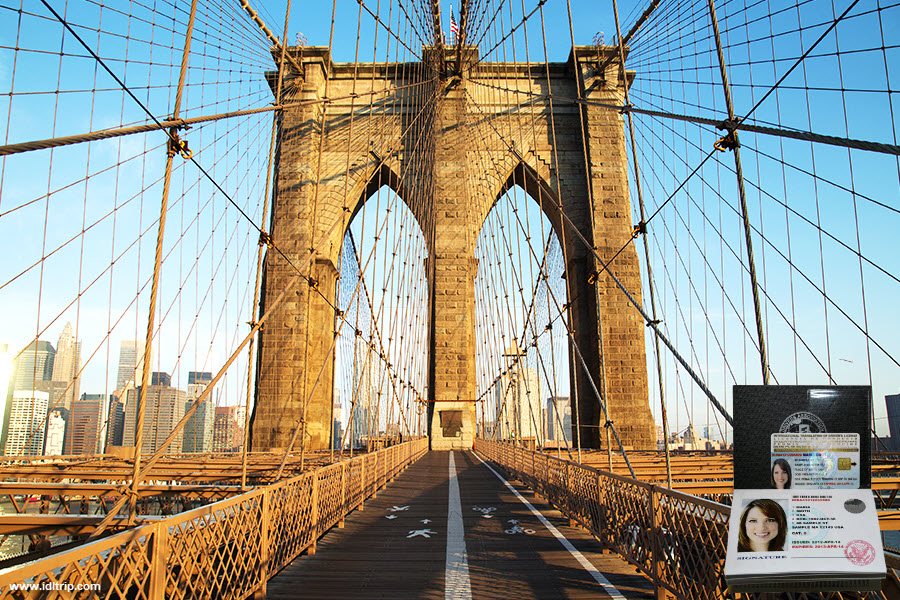Driving in New York City. Rules of the Road.Driving Licence and Road Rules. 5 Tips for Driving in NYC. Bridges, Tunnels, and Highways
Driving in New York City
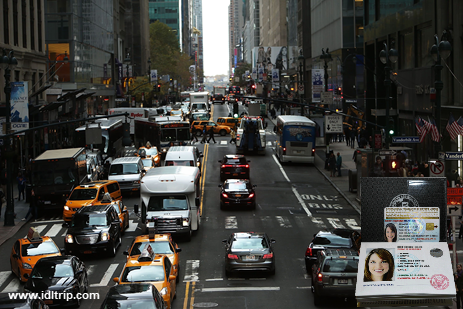
Almost every New Yorker and anyone who has ever visited will encourage you not to drive in New York City. Once you're in the city, most people find that they don't need a car, because you can easily take taxis or the subway to get where you're going. Plus, the cost of parking your car adds up quickly, especially if you'll be visiting for several days.Driving in NYC, especially in Manhattan, gained a bad reputation, and most locals and tourists usually prefer using the subway or riding a taxi. However, sometimes you don't have a choice, and if you find yourself in a situation in which driving is your only option, you'll need to learn the rules of the road, the secrets to finding affordable parking, and the major bridges and expressways that will connect you to Manhattan.
Rules of the Road
Even for the most confident drivers, New York City's traffic-packed streets and fearless pedestrians can be intimidating. And because of the nature of the city's perpetual business, road rules for turning and parking are likely very different than what you're used to at home
- Tolls: Tolls in New York City are ubiquitous and expensive, especially when crossing between New Jersey and New York. Some bridges, like the Brooklyn, Williamsburg, and Manhattan, are toll-free.
- Road signs: There are many major avenues where you can't make a left turn during certain hours, so keep an eye out for signs. These rules are designed to limit congestion at busy intersections, and the police will ticket you if you get caught making an illegal turn.
- Cell phones: The use of a hand-held device, whether talking or texting, while driving is illegal and you could be fined if caught.
- Alcohol: The blood alcohol content (BAC) limit for driving under the influence in New York City is .08 percent BAC
- Smoking: Smoking in the car is not allowed when driving with a child under 18 and you can be fined on your first offense.
- Honking: "Unnecessary honking" is technically illegal in New York City with a fine of $350. However, it won't take you much time to notice that this law is rarely enforced.
- Pedestrians: Pedestrians in New York City are daring and frequently jaywalk, so keep your eyes out for people wherever you are driving, whether you're near a crosswalk or not.
- Fire hydrants and crosswalks: When looking for street parking, stay 15 feet away from fire hydrants when you park on the street or else your car will likely be towed. If you park near a crosswalk, make sure your tires are located entirely outside of the crosswalk markings or you run the risk of getting a ticket.
Driving License and Road Rules
USA drives on the right hand side of the road and legally, all you need in order to drive in the country for up to 3 months is a valid driving license issued by your own country. However, if your licence isn’t written in Roman alphabet, it would be worth obtaining an International Driving Permit known as IDP before leaving your country as this will include an English language translation. Also, a number of car rental companies are now asking for an IDP in addition to a regular licence so check this before travelling.
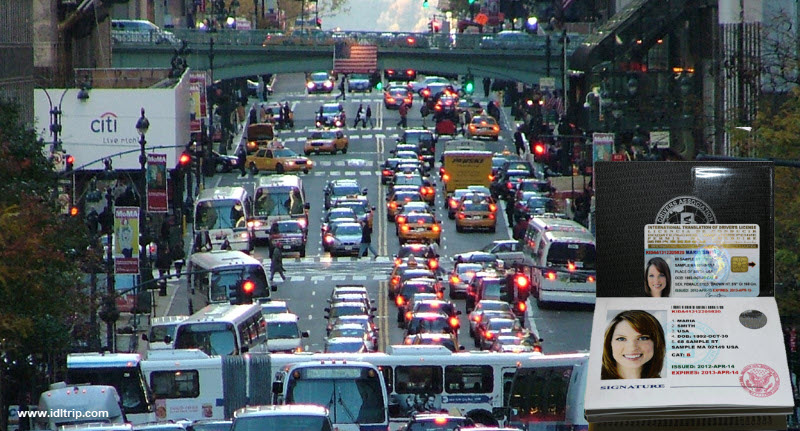
5 Tips for Driving in NYC
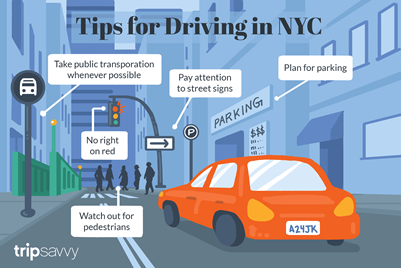
1. Drive Slowly
The speed limit in NYC is 30 miles per hour (about 48 kmh), and the city’s new Mayor, Bill de Blasio, plans to reduce it even further to 25 miles per hour. In addition to cars, taxis and buses, NYC streets are filled with pedestrians, cyclists, street vendors and traffic lights, so even off rush hour you cannot drive fast.
2. Pay Attention to Pedestrians & Bikes
In NYC intersections, pedestrians have the right of way, so you will have to wait for all of them to cross the street before continuing driving. However, don’t count on New Yorkers to cross streets only on legal intersections, so it is basically recommended to keep an open eye on people everywhere.
3. Don’t Turn Right on Red
Note that in NYC, unlike most other cities in the US, turning right on red is forbidden (unless there’s a sign indicating otherwise) and you must wait for the green light to turn. Also pay attention to signs, especially on main avenues, which may prohibit turning left on some hours.
4. Get ready for NYC traffic jams
NYC, especially Manhattan, traffic rush hours run every morning, between 7 and 9, and from 4 to 7 in the afternoon, especially around bridges and tunnels. The traffic gets busier on Saturday night, so either use alternative solutions or take a deep breath… Getting stuck in the middle of a crossing when the light changes and everyone around you are honking is an unpleasant situation you should try to avoid. If it happens and you can’t get out, simply wait for the light to change again and rescue you.
5. Parking
Parking in NYC may take some time and money. Although there are many free street parking spaces in Manhattan, they are usually occupied, so be prepared to pay the meter. When you see an empty block, there is often a good reason that people aren't parked there. Whether it's street cleaning or a loading zone, street parking in New York City is at a premium, so it's rare to see many spots available. Watch for signs announcing certain hours or certain days of the week when parking is not allowed in certain spots or on one side of a block. Street parking in New York City is a rarity, but you might get lucky. Most of the time, your surest bet for finding parking is a parking garage, but finding a good price at a garage in New York City is like a cross between hunting for treasure and solving a jigsaw puzzle.
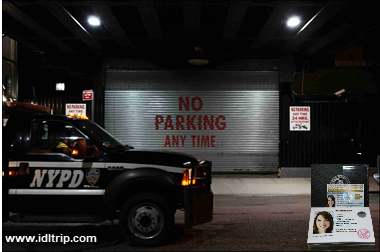
If you park illegally or if your parking meter runs out, there's also a strong likelihood that you'll get a ticket and your car could even be towed.
If You Get Towed
It's way cheaper to pay for parking in a lot, even if it's overpriced, than to risk getting your car towed to a secure lot. Not only are these lots inconveniently located—sometimes they'll tow your car to Brooklyn even though it's parked in Manhattan—they charge more to "store" your car on top of the cost of whatever the ticket. Also, tow lots are often not open on weekends and in the evening, so it can really mess up your plans if you have to spend another night in New York City just to get your car back.
Bridges, Tunnels, and Highways
When driving into, out of, and around Manhattan, you will have many options from the bridges and tunnels that lead to New Jersey and the other boroughs to the stretches of highway that can take you from Central Park to the World Trade Center in the most efficient way possible. bridges and tunnels in New York City have undergone many name changes, so be wary of old and out-of-date signs.
